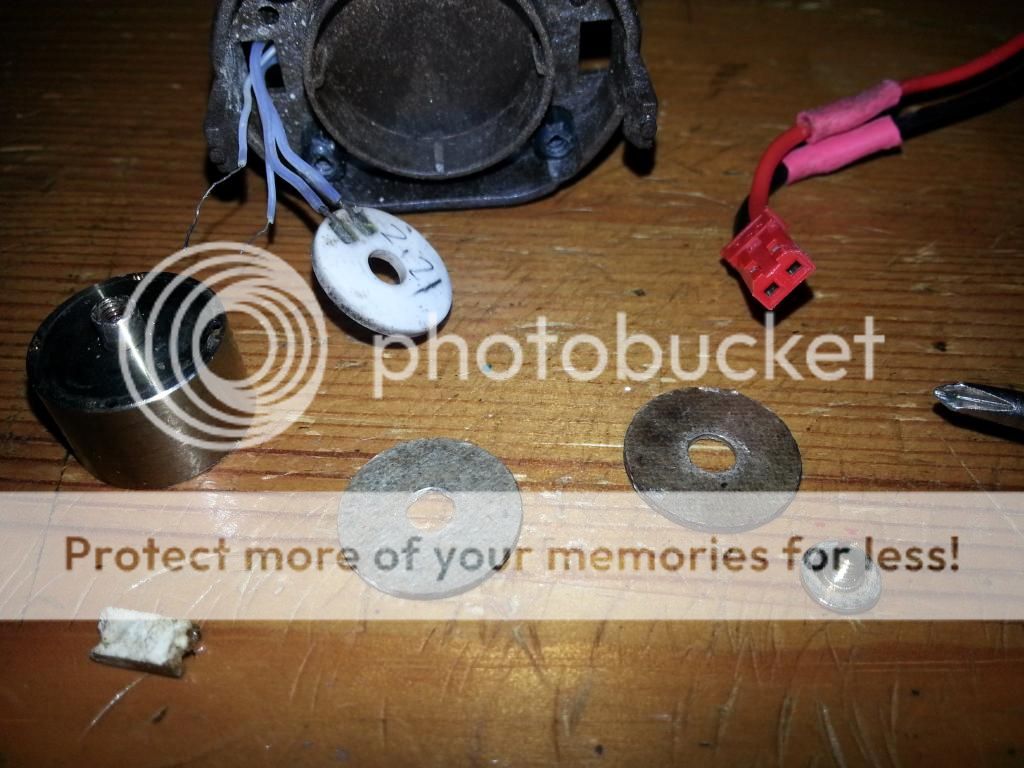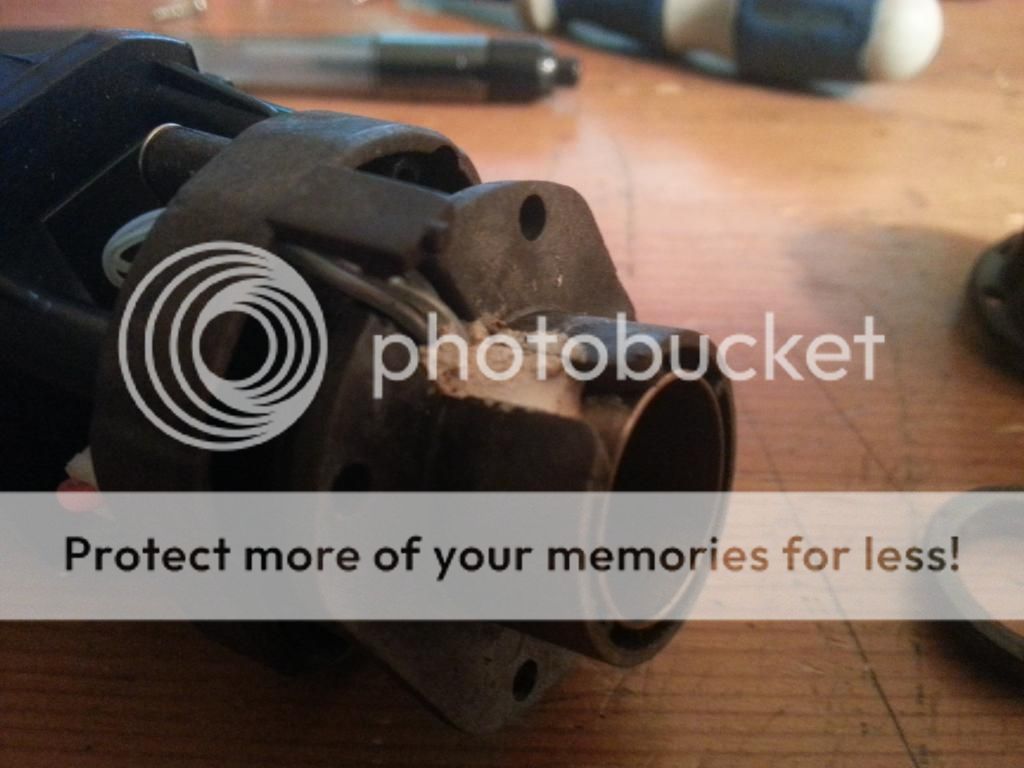I see where it goes and I can attach another wire to the circuit board.. but I really don't know how they go into that white lump? Were they attached to each other inside it? I don't think they were?
If it's long enough still it can be successfully soldered back on the board if you're lucky/skillful enough. I know, because I broke one of mine off just messing with the four screws holding the assembly in which is why I've so strongly discouraged tinkering with those screws since then.
No advantage I can see maintenance wise and IMO an
unacceptably high risk of creating problems. You're another example of that I fear.
For sure I avoided, and strongly advised against, messing with the cement for the two reasons we now see (nothing to gain and it leaves you with serious problems getting it back working.
Furnace cements are simple in concept, but vary widely. Basically a 'heat proof' filler and binder. Silica (sand), alumina (Al2O3, a common abrasive), and various ground ceramics being common as I understand. Binders as simple as 'water glass' (sodium silicate) can be the binder (in one version I've worked with), others use fired limestone (Portland Cement, basically) and a bit of water for this I understand as well. The problem is they have various properties WRT temperature, shrink back, chemical safety, and so on. Additionally thermal conductivity varies a lot which I suspect will be a problem. This last, I fear, along with the placement of the sensor relative to other stuff is very important to calibration and regulation of temperature at the load.
If you insist on pressing on, McMaster Carr will sell you several temperature appropriate cements. I've used at least two in the past from them for other purposes, but can't advise on which to use (or if any are really appropriate) but that's a place to start. I'd obviously seriously investigate the safety of the materials, it's a lot different patching up a furnace fire box or flue than rebuilding the oven assembly. It will have to adhere to the plastic, metals and other materials involved lest it fall apart again.
Once again, it's an area that should be avoided IMO. At this point, I'd consider if a fatal issue if it were mine and would be thinking of replacement rather than repair. I think it was an ill advised adventure that has ended poorly. As can sometimes happen. I recommended not getting involved, not removing the four screws for any reason, and still do.
And now my advice, FWIW, is to replace either the oven assembly if you can find someone to sell you one, or the entire unit. One of the 'open box returns' from PIU (when available) at $60 or so (you don't need a pretty one since you have a good body?) would be a possible, as does contacting the man to see if he has a dead unit with a functional oven he can sell you even now?
Good luck.
OF






 .
.
